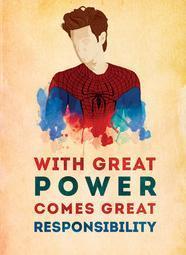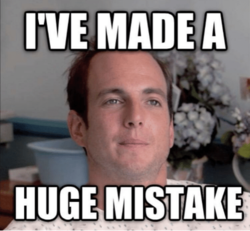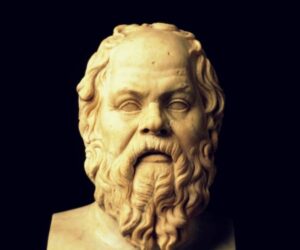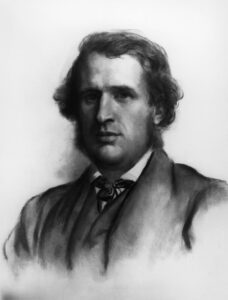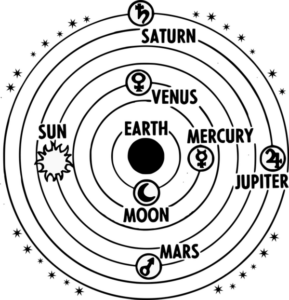Are there ever situations where we should believe something even when there’s not enough evidence either way? In this session we will consider whether we have control over our beliefs and whether it is ever a good idea to believe something before the evidence has come in. We will take a close look at William James’ pragmatic defense of “leaps of faith” when it comes to choosing forms of life.
Read This:
Interactive Essay: William James’ “The Will to Believe”
Key Concepts:
- Ethics of belief
- Doxastic voluntarism
- Clifford’s Principle
- James’ three conditions for a leap of faith
Do This:
- Complete lessons 1-10 of thinkARGUMENTS by Saturday, October 18.
- Complete Map to the Good Life Activity #2 by Friday, October 17.
- Complete Argument Capstone 2 by Saturday, October 18.
- Complete the first section of your Apology essay by Saturday, November 1.
Pre-Class Questions
Your responses to the following questions are due on Canvas before class. Your top 15 scores of the semester will count toward your final grade.
- William James gives three conditions that must be met for a leap of faith to be justified. What are they? Give your own example to illustrate each one (apart from those found in the reading).
- Give a non-religious example where someone had faith in something or someone and it was a good thing for them to do, and an example where it was a bad thing for them to do. What is the difference between the two cases? Do these examples align with James’ ethic of belief (i.e. the conditions he gives for a leap of faith), or do they challenge it in any way? Explain.
Map to the Good Life
This prompt will be one of your options to address in Activity #4 of Map to the Good Life, which will be due before your dialogue group meeting on November 10 or 11.
Watch the documentary The Inventor (HBO) or the miniseries The Dropout (Hulu), and analyze Elizabeth Holmes’ story from the perspective of William James’ theory of faith. Do you think James would view Holmes’ unwavering belief in her vision for Theranos as justified? Explain why or why not, and reflect on what your answer implies for James’ approach to leaps of faith.



